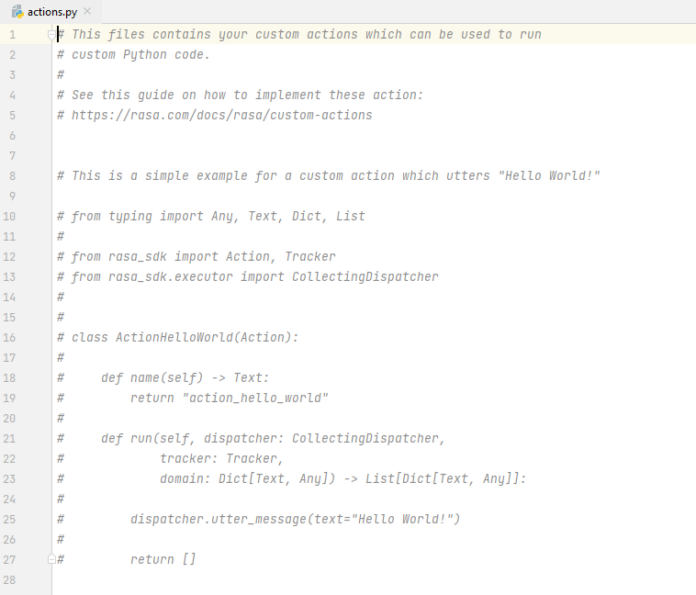The iterator() method of java.util.concurrent.ConcurrentSkipListSet is an in-built function in Java which is used to return an iterator over the elements in this set in ascending order.
Syntax:
ConcurrentSkipListSet.iterator()
Return Value: The function returns an iterator over the elements in this set in ascending order.
Below programs illustrate the use of java.util.concurrent.ConcurrentSkipListSet.iterator() :
Program 1:
// Java Program Demonstrate iterator()// method of ConcurrentSkipListSet import java.util.Iterator;import java.util.concurrent.ConcurrentSkipListSet; class ConcurrentSkipListSetIteratorExample1 { public static void main(String[] args) { // Initializing the set ConcurrentSkipListSet<String> set = new ConcurrentSkipListSet<String>(); // Adding elements to this set set.add("Gfg"); set.add("is"); set.add("fun!!"); // Returns an iterator over the elements Iterator<String> iterator = set.iterator(); // Printing the elements of the set while (iterator.hasNext()) System.out.print(iterator.next() + " "); }} |
Gfg fun!! is
Program 2:
// Java Program Demonstrate iterator()// method of ConcurrentSkipListSet */ import java.util.Iterator;import java.util.concurrent.ConcurrentSkipListSet; class ConcurrentSkipListSetIteratorExample2 { public static void main(String[] args) { // Initializing the set ConcurrentSkipListSet<Integer> set = new ConcurrentSkipListSet<Integer>(); // Adding elements to this set set.add(10); set.add(15); set.add(20); set.add(25); // Returns an iterator over the elements Iterator<Integer> iterator = set.iterator(); // Printing the elements of the set while (iterator.hasNext()) System.out.print(iterator.next() + " "); }} |
10 15 20 25
Reference: https://docs.oracle.com/javase/8/docs/api/java/util/concurrent/ConcurrentSkipListSet.html#iterator–

